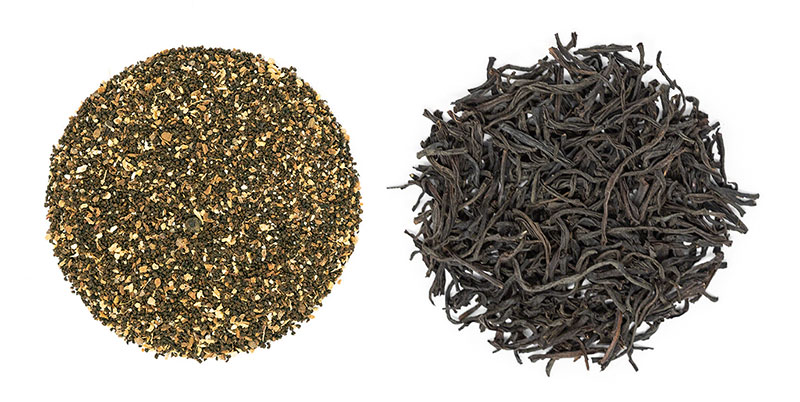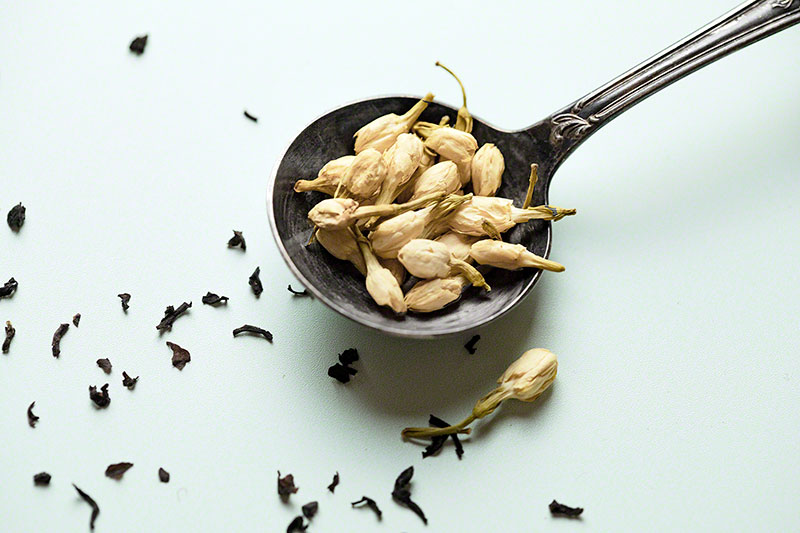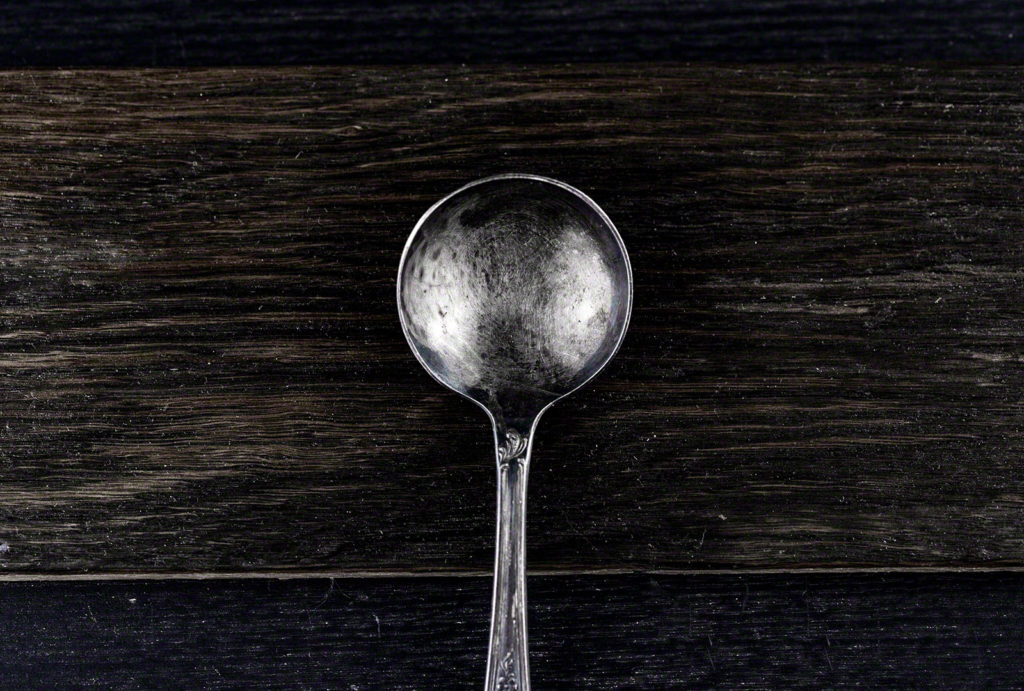How to Measure Loose Leaf Tea? Easy Steps for the Best Brew
How much tea do you need to make a perfect cup? Getting the right amount might be difficult, even for the experienced tea drinkers.
If you are using spoons, everything can be even more complicated. One teaspoon of big unbroken tea leaves will weigh much less than a spoon of broken tea leaf. Learn how much is too much, how much is not nearly enough, and how to stop relying on tea spoons.
General recommendation for measuring loose leaf tea
General recommendations help you in brewing those first few cups of the new type of tea. They always include spoons because spoons are the easier kitchen tool to use for measuring. The next question is, what is the volume of a cup in the “per cup” part? One regular cup measures around 237 ml or 8 ounces of water. Even if you are using a slightly bigger or a slightly smaller cup, your tea will still taste great. One cup of tea will need 2-3 grams of tea leaves to give the best flavor. And that’s exactly the amount of 2 teaspoons. But, should it be rounded, heaped or level teaspoon? For very small and broken leaves and sencha use level teaspoon as a measurement.
As a rule of the thumb, take a look at your tea in the original packaging. Tiny leaves like rooibos or broken CTC blends will take about 1/3 of the packaging. Big leaves and flowers like mint, chamomile or white Pai Mu Tan tea will take up the whole space. For them, use a regular spoon as a measurement instead of a teaspoon.

Difference between small CTC leaves in Simple Chai and big unbroken leaves in Vithanakanda tea
Big pieces of fruit and flavor will increase the weight, so you might need to use a more. You shouldn’t increase the amount of leaves per cup for some teas. Flavored tea like Earl Grey or even Pinhead Gunpowder are very intense, and you increasing the amount of leaves might ruin your cup. With iced tea, always use more tea leaves because adding ice will dilute the brew.
Furthermore, you will always need less of small broken leaves per cup than big unbroken ones. Smaller particles will release flavor faster than the unbroken ones.
What if you added too much?
If you already added too much tea into your pot, and don’t want to return it to the original packaging because leaves are already wet, adjust the water temperature and steeping time.
This is especially important with teas that can get bitter, such as green, black or oolong. Using too much is a better mistake to make than not using enough.
For fruit tea, steep as usual. Some herbal teas might get bitter too, and there might even be a daily intake limit for some herbs. Check before brewing and discard the part of the leaves. Real tea contains caffeine, and the more leaves you use, the more caffeine you will extract.
Be careful if you are using a tea infuser. While they are easy to use, they can also be very restricting for tea leaves. Never fill the whole infuser because leaves will not have enough space to expand, even if you need to use fewer leaves. Instead, use less water.
Alternative ways to measure loose leaf tea
If you think tea spoons are too complicated, there are other ways to measure loose leaf tea.
Measuring loose leaf tea using teaware
If you are using the eastern brewing technique, you will need to find the perfect amount of loose leaf tea to extract the best flavor. Typical brewing session will require at least 2-3 times more leaves per 100-200 ml of water, or even 1 gram of tea per every 10 ml. The good news? There are proven techniques you can use to make your tea taste great, especially for brewing Chinese oolong tea like Ti Kwan Yin or Qi Lan.
Brewing the tea Chinese way is all about flavor, texture, scent, aftertaste and tea energy. Small tea pots are a better choice, and the bottom should always be covered with leaves. For brewing Ti Kwan Yin and other rolled oolongs, fill at least 1/3 of the pot with leaves. You will know you used too much if tea leaves won’t have enough space to expand. This technique can be used regardless of the size of your tea vessel, but avoid really big teapots. This rule doesn’t apply to green tea or black teas. For green and white teas, use about 1 gram of tea for every 30-50 ml of water, or simply cover the bottom of your teapot with tea leaves. Use the same amount for black teas.
Measuring loose leaf tea using a scale
Digital scale might come very handy when dealing with tea. Get the one that can detect even less than a gram. Try measuring tea leaves before each brewing to understand the difference between tea types.
Use your intuition
Once you mastered the measuring with using a scale or other methods, you will know how to make a perfect cup with any tea type—even the one you never tried before. The more tea you drink, the easier it will be to notice other signs of using too little or too much tea. The color, flavor and texture of brewed tea will all depend on the amount of leaves. You can also use a small tasting diary to make notes and prevent future brewing mistakes.
And how much tea is in tea bags?
Regular tea bags usually weigh 1.5-2 grams. That amount is enough to make an 8 oz cup of hot tea. However, they mostly contain dust, so that amount might look smaller than it actually is. Premium loose leaf pyramid bags usually have around 3 grams of tea.




